This winter, the evening skies above Langenthal in the canton of Berne were the showcase for hundreds of thousands of bramblings descending on the fir trees to spend the night. Every winter, the bramblings come from Scandinavia to Switzerland, explains Livio Rey, a biologist at Sempach Ornithological Institute: “However, you will only see a mass migration every few years, when the conditions are right.” They need enough beech nuts and there can’t be any snow; the conditions also have to be worse further up north. That’s when the birds move south.
Sempach Ornithological Institute is considered something of an authority on all things bird-related. Founded by the Schweizerische Gesellschaft für Vogelkunde und Vogelschutz (Swiss society for ornithology and bird protection) in April 1924, it is a longstanding institution in Switzerland. The foundation employs almost 160 people and advises the authorities and professional groups, responds to enquiries from the general public and provides information on all things avian. The fact that 75 per cent of its funding comes from donations and legacies testifies to the trust and affection in which it is held by the general public. Although it is not funded by the public sector, it does perform assignments for the Confederation and cantons.
Early conservationists
The founders, including the first head of the institute, Alfred Schifferli from Sempach, an accountant and ornithologist, wanted to support research into bird life, which was an up-and-coming discipline at the time. Schifferli and his assistants ringed many birds to find out more about bird migration. The institute became the main reporting centre for ring recoveries and it provided specimens and eggs for studies. Its foundation is also connected with early nature conservation movements at the end of the 19th and beginning of the 20th centuries in Switzerland. The institute’s purpose has always been to apply its learnings about bird life to benefit the birds.
“We have to understand birds in order to protect them and preserve their diversity for future generations,” says Rey, who is based at the headquarters at Lake Sempach, which is just outside the town and comprises a treatment centre for injured birds and a visitors’ centre. On this particular winter day, if you look out at the right time you can see a brightly coloured common kingfisher. Understanding, protection and preservation underpin the work of the institute and, according to Rey, its mission is now more urgent than ever.
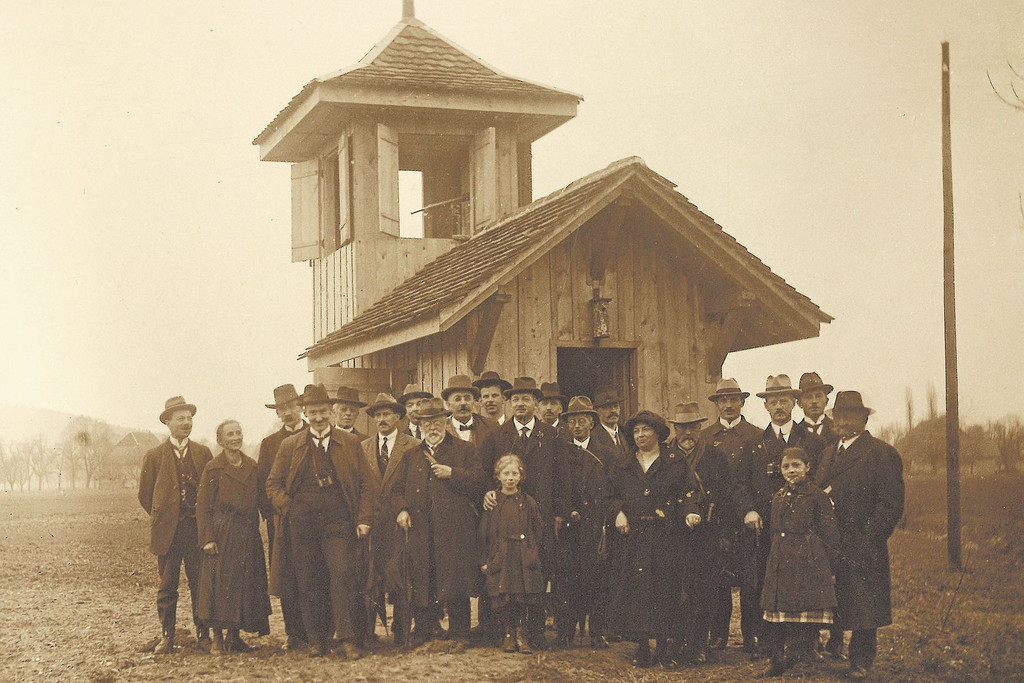
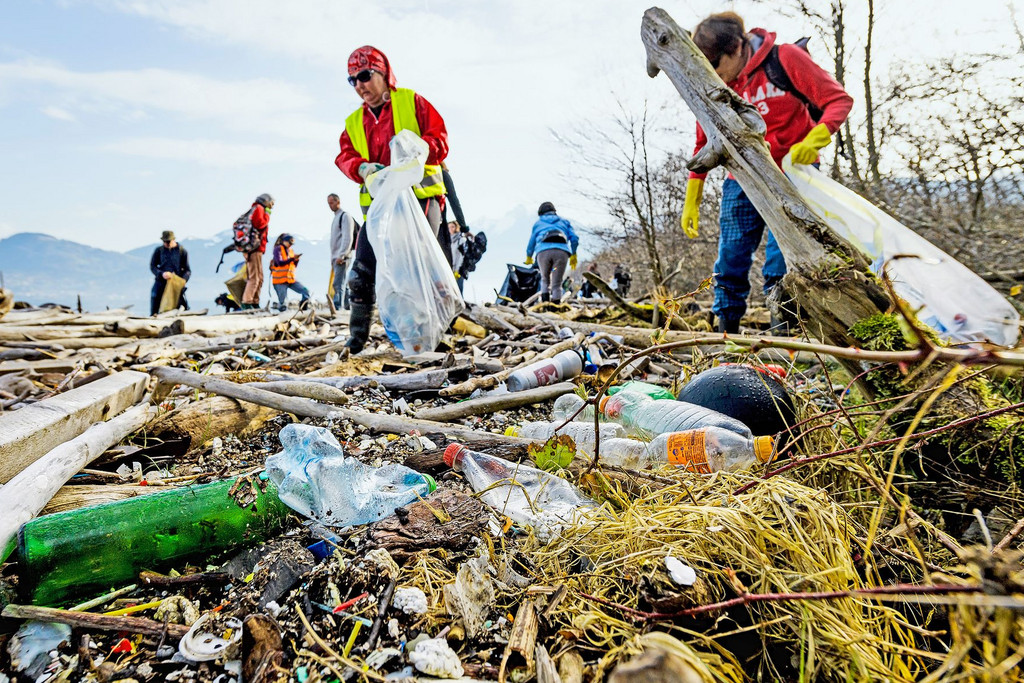
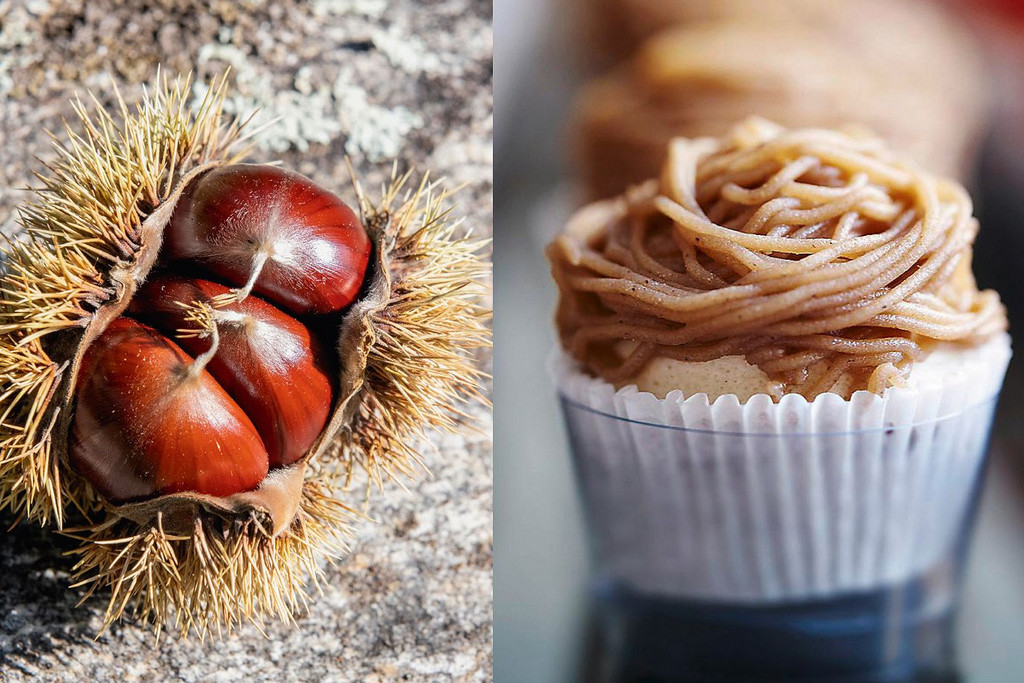


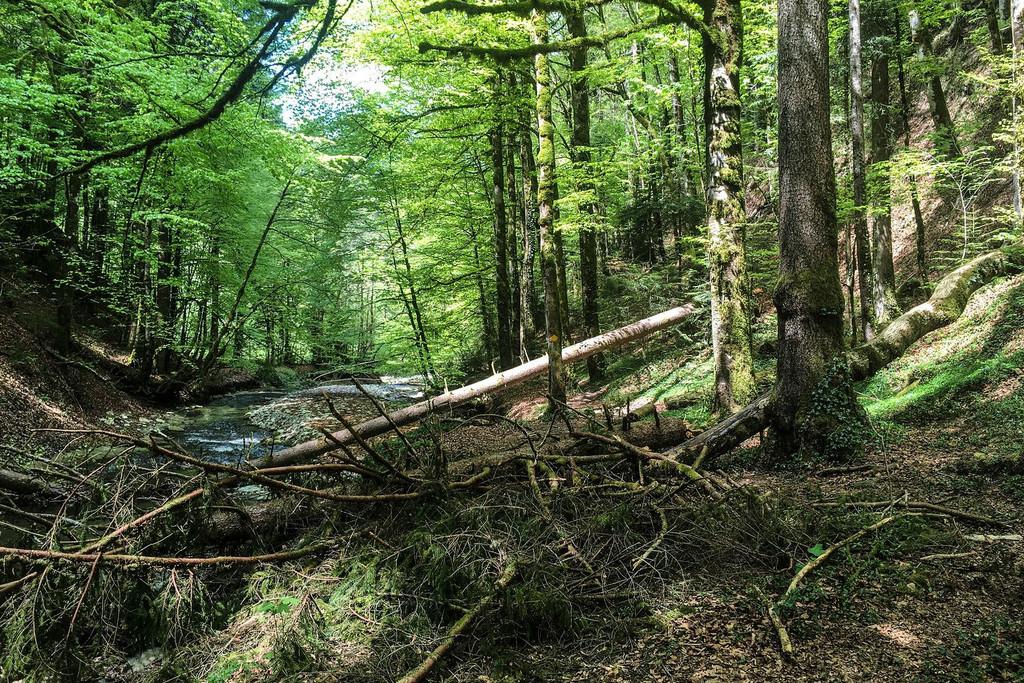
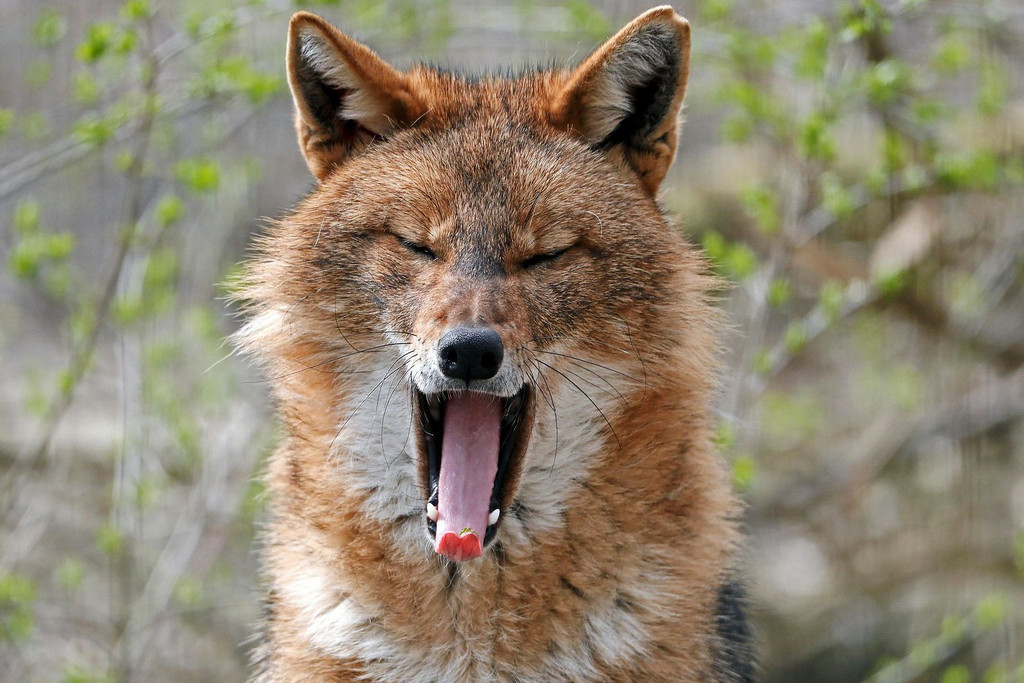





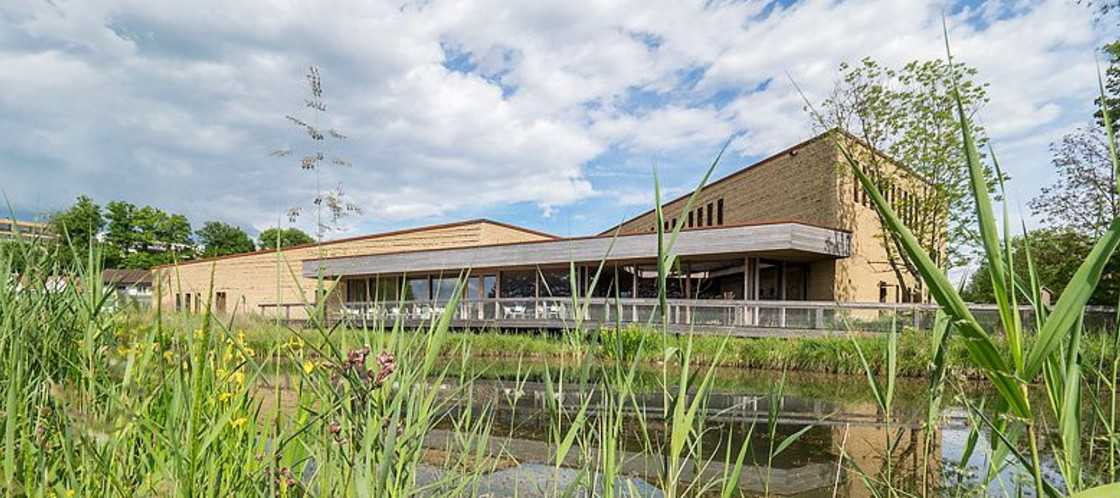
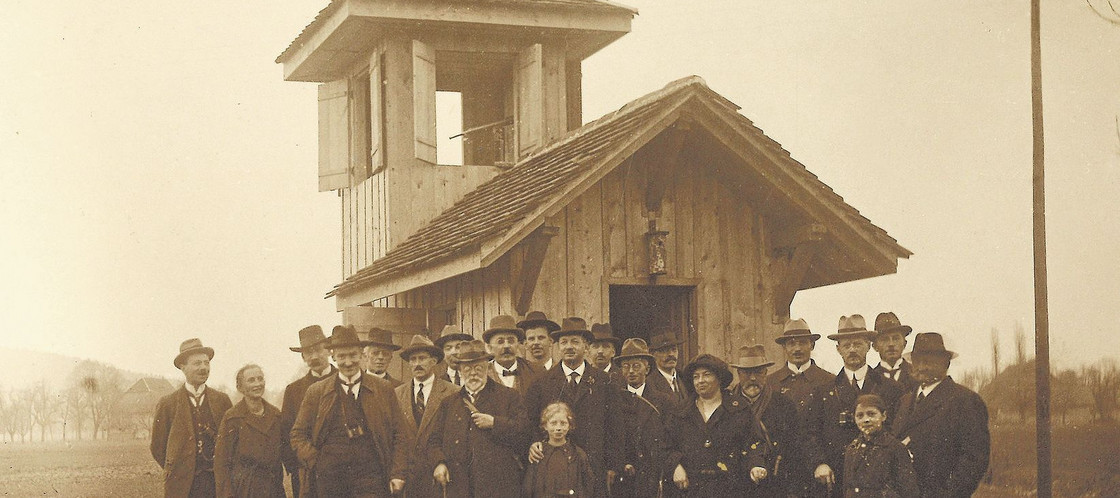
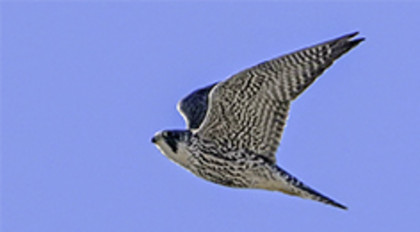
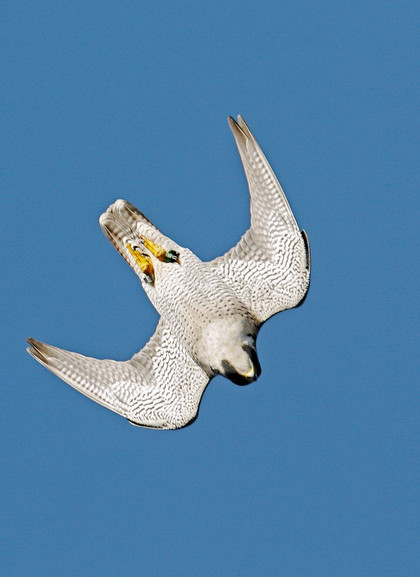
Comments
Comments :
Bravo pour tous ces combats difficiles à gagner avec les cultures et consommations intensives. J'adhère complètement à ce que la faune et la flore sont les premières touchées, c'est en revenant vers plus de respect de notre environnement qu'il nous protégera à son tour. Il serait nécessaire que dans chaque pays, on instaure ce respect par l'ouverture des écoles à toutes ces merveilleuses associations qui agissent avec courage et ténacité.......